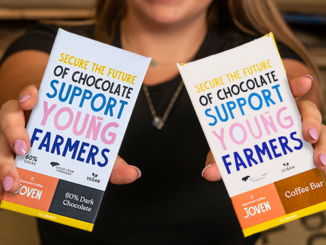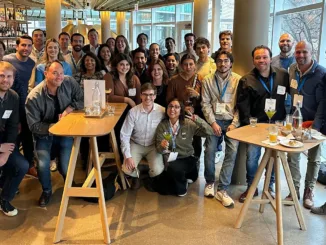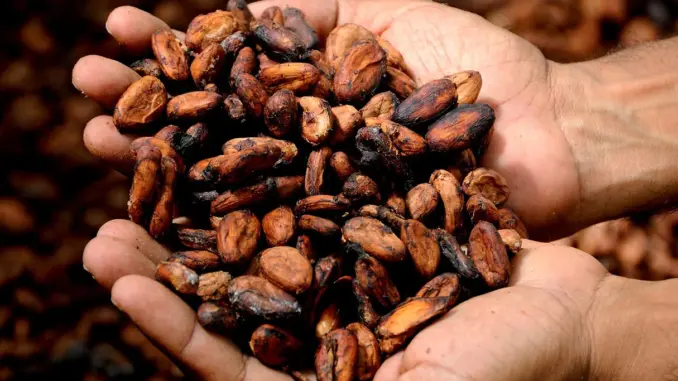
This time of year, chocolate is everywhere you look—but the story of cacao goes back thousands of years, starting with the ancient cultures of South America.
BY EMILY JOY MENESES
BARISTA MAGAZINE ONLINE
Featured photo sourced via Pixabay
With the holidays upon us, we’ve all probably been consuming our fair share of chocolate. But the history of cacao, the plant that chocolate comes from, goes far beyond the ways in which we typically see chocolate prepared today.
Chocolate is made from the fruit of the cacao tree, which is native to Central and South America and has deep significance in the traditions of several cultures. Today, we’ll uncover the history of cacao, discussing how it was traditionally consumed and how it evolved from its ancient origins to its status today.
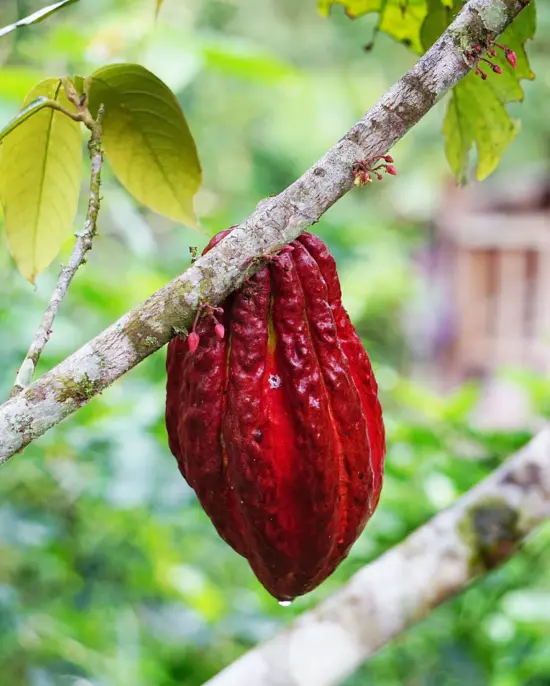
Early Cacao Cultivation
Cacao is one of the world’s most valuable crops, growing in over 50 countries and making up an industry worth over $4 billion. The cacao tree grows in hot, rainy climates. Most cultivation is concentrated in an area between 20 degrees north and south of the Equator—what some refer to as the “Cacao Belt.”
Until fairly recently, cacao was thought to originate from Mexico and Central America. However, recent studies have retraced the earliest cacao trees to the Amazon rainforests of South America—dating back over 5,000 years. Ancient vessels believed to be used for drinking cacao beverages were discovered at an Ecuadorian dig site called Santa Ana La Florida, where the Mayo-Chinchipe civilization resided about 5,500 years ago. From South America, the plant made its way to Central America; it wasn’t introduced to Europe until the 16th century.
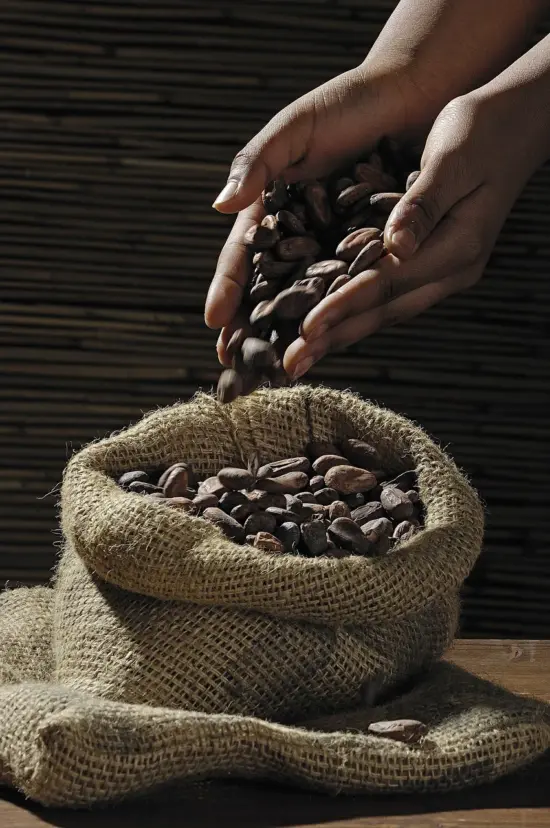
Traditional Consumption
Cacao played an important role in many ancient cultures indigenous to Mesoamerica, including the Olmecs, Aztecs, and Mayans. In these cultures, cacao was seen as sacred—a gift from the gods and a vehicle for enlightenment and spiritual connection. Cacao beverages were served in colorful and ornate mugs during ceremonies to connect to the divine, or presented as an offering to ancestors and gods. The beans were also often used as currency. To the ancient Aztecs, the beans were considered even more valuable than gold. Legend often tells of Aztec ruler Montezuma II, who reportedly drank gallons of xocolatl (Aztec hot chocolate) every day for energy and strength.
Cacao’s Journey to the Western World
Prior to arriving in the Western world, cacao wasn’t typically prepared as a sweet food or beverage. Instead, ancient cultures embraced its dark, bitter flavor and commonly paired it with spices. It wasn’t until it made its way to Europe that the sweet, decadent chocolate treats we commonly see today began to make an appearance.
The exact timeline of when cacao arrived to Europe is still debated. But historians agree that the ingredient made its first European appearance in Spain, by way of colonization. By the late 1500s, chocolate—cacao that the Europeans dressed up with milk, sugar, and other flavorings—was a favorite amongst Spanish royalty. It later became popular in other European countries like Italy and France. “Chocolate houses“ were clubs where the wealthy would drink chocolate, mingle, and gamble. These popped up throughout Europe during the 18th century. Chocolate was affiliated with the opulent and luxurious lifestyle of the aristocracy.
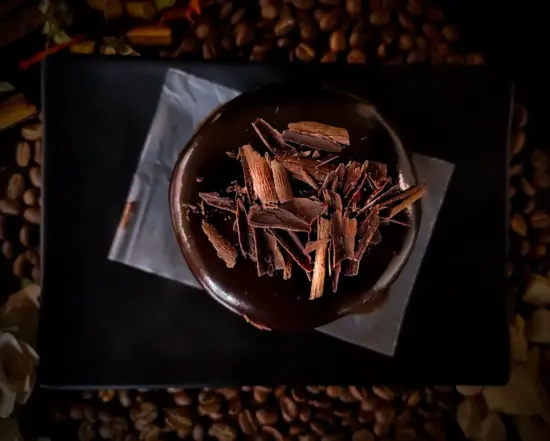
The Dark Side of Chocolate Production and Pushing for Solutions
As you may have guessed, Europeans’ desire for chocolate wasn’t without a dark side. As the demand for chocolate rose, so did the presence of cacao plantations. During the 17th and 18th centuries, European colonists would plant the tree throughout regions across the world. In Brazil, the Caribbean, Southeast Asia, and beyond, colonists powered their cacao cultivation by enslaving locals and people from Africa. Today, global chocolate production is still riddled with human rights abuses. Slavery, child labor, and deforestation remain pressing issues within the chocolate industry.
A possible solution: pushing for the prioritization of fair-trade and direct-trade chocolate. Many chocolate makers are also encouraging consumers to alter their perception of chocolate as a cheap, highly processed, and mass-produced product. We can demand more high-quality chocolate that’s ethically produced—something more in alignment with cacao’s ancient uses and the intentions its original cultivators had for it.
ABOUT THE AUTHOR
Emily Joy Meneses (she/they) is a writer and musician based in Los Angeles. Her hobbies include foraging, cortados, vintage synths, and connecting with her Filipino roots through music, art, food, and beverage.

READ THE LATEST BARISTA MAGAZINE
Out now: It’s the October + November 2023 issue of Barista Magazine! Read for free with our digital edition. And for more than three years’ worth of issues, visit our digital archives here.
Get a hard copy of the magazine through our online store, or start a subscription for one year or two.



